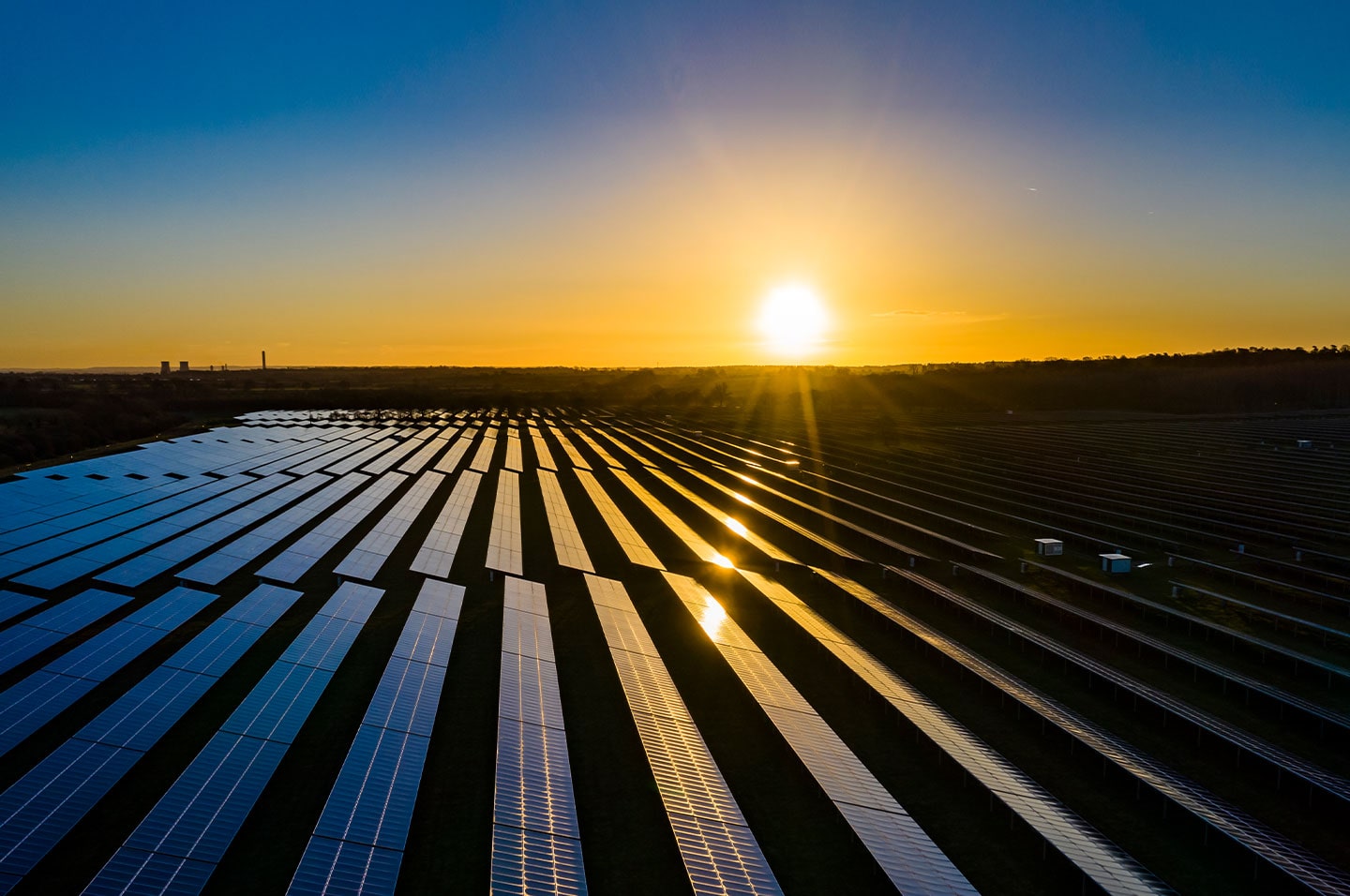Renewable Energy Zones (REZs) are complex and multi-faceted, involving a combination of careful strategic planning, technical and regulatory design, community engagement and industry-focused policies and programs.
Strategic planning
Strategic, upfront land-use planning and coordinated community consultation are central to REZs and will help ensure a strategic approach to electricity infrastructure development. We work on the ground with communities and collaborate with a range of NSW Government entities and other parties to get the most up-to-date data layers and undertake strategic land-use planning when preparing to declare a REZ.
Technical and regulatory design
NSW needs increased transmission capacity so that new, clean sources of power from REZs in regional NSW can deliver electricity to demand centres, predominantly located along the eastern, coastal regions of the State.
We will provide network solutions including transmission upgrades to REZs to open up the best renewable energy and storage resources, allowing for new generation, transmission and storage to be built in a coordinated manner.
We will ensure regulations are designed for the benefit of the communities that host REZs. For example, new generation projects within or supporting REZs will need to compete to secure access rights to new transmission. These new renewable energy projects are likely to be more successful in gaining access through competitive tender process if they can demonstrate local employment opportunities and compatibility with existing agricultural land uses.
Community-focused policies and programs
Holistic engagement
We are taking a holistic view of REZ infrastructure delivery. This includes engaging with communities to understand local expectations and realise on-the-ground benefits. We will endeavour to achieve a balance between electricity, agriculture, heritage, visual amenity, mining and other land uses within REZs. The benefits of the REZs will be shared with communities, including First Nations people and communities, in a coordinated and thoughtful way.
We also play an important role in ensuring that appropriate generation and storage projects can connect to network infrastructure in the specified geographical area of REZs (set out in each REZ declaration). This process includes working with industry and the community to maintain support for the REZ program and providing guidance on the nature of projects that would be considered eligible to connect to new transmission infrastructure.
We are developing guidelines to inform these decisions and provide clarity to all stakeholders. The guidelines will be published on this website in due course and are additional, separate, and independent of the existing robust planning assessment processes that all State significant projects must follow in NSW.
Benefit sharing
We will work with the Consumer Trustee, generation and storage proponents, key organisations and local communities to ensure the economic benefits of REZs are appropriately shared across the community through community benefit-sharing schemes.
This requirement for a centralised and coordinated community benefit sharing approach will help make contributions go further and deliver meaningful benefits for host communities and areas with multiple generation and storage projects.
In addition to direct financial contributions, it is expected that major electricity infrastructure projects will bring other benefits to local communities, including improvements to telecommunication capacity and upgrades to local distribution networks.
We will also work with the community and local stakeholders to identify ways electricity infrastructure projects can support local industry, employment and communities.
Economic opportunities for landholders
The Electricity Infrastructure Roadmap will also help to facilitate new and diversified income streams for landholders that host electricity infrastructure. For instance, landholders hosting renewable energy generation projects could be expected to receive an estimated $1.5 billion in lease payments by 2042.
Coordinating investment and infrastructure projects
Long-Term Energy Service Agreements
The Consumer Trustee will run competitive tender processes to offer Long-Term Energy Service Agreements (LTESAs) to project developers. LTESAs will provide minimum revenue certainty for private investment in new renewable energy generation, firming and long-duration storage, which will help secure finance for project construction. LTESAs will provide generators with an option to receive an agreed minimum fixed price for their energy services.
While renewable energy generation projects around the State will be able to compete for LTESAs, projects located outside of a REZ will need to satisfy the Consumer Trustee that they represent ‘outstanding merit’ in order to be successful in being awarded a LTESA.
Access schemes
Access schemes are a key part of the NSW Government’s work to coordinate and encourage investment in REZs and to realise the objectives of the Electricity Infrastructure Roadmap and its enabling legislation. The Central-West Orana REZ Access Scheme will be the first of its kind in the National Electricity Market (NEM).
REZ access schemes will:
- govern the volume of projects that may be granted access rights to connect to REZ network infrastructure and define the terms and conditions of the access rights
- enable investment in new, low-cost generation and storage projects by providing increased certainty of curtailment risks for access right holders while maintaining an efficient level of utilisation of the REZ network infrastructure
- create a streamlined connection process for projects that will improve connection timeframes, provide greater certainty and reduce re-work and costs compared to the open-access connection process.
By managing generation and storage connections in the REZs, access schemes will enable active coordination of network, generation and storage investment. This will help optimise the network, reduce bills for energy consumers, and improve coordination of outcomes for local communities.
Find out more about access schemes. See information on previous consultations relating to the design of the access schemes.
